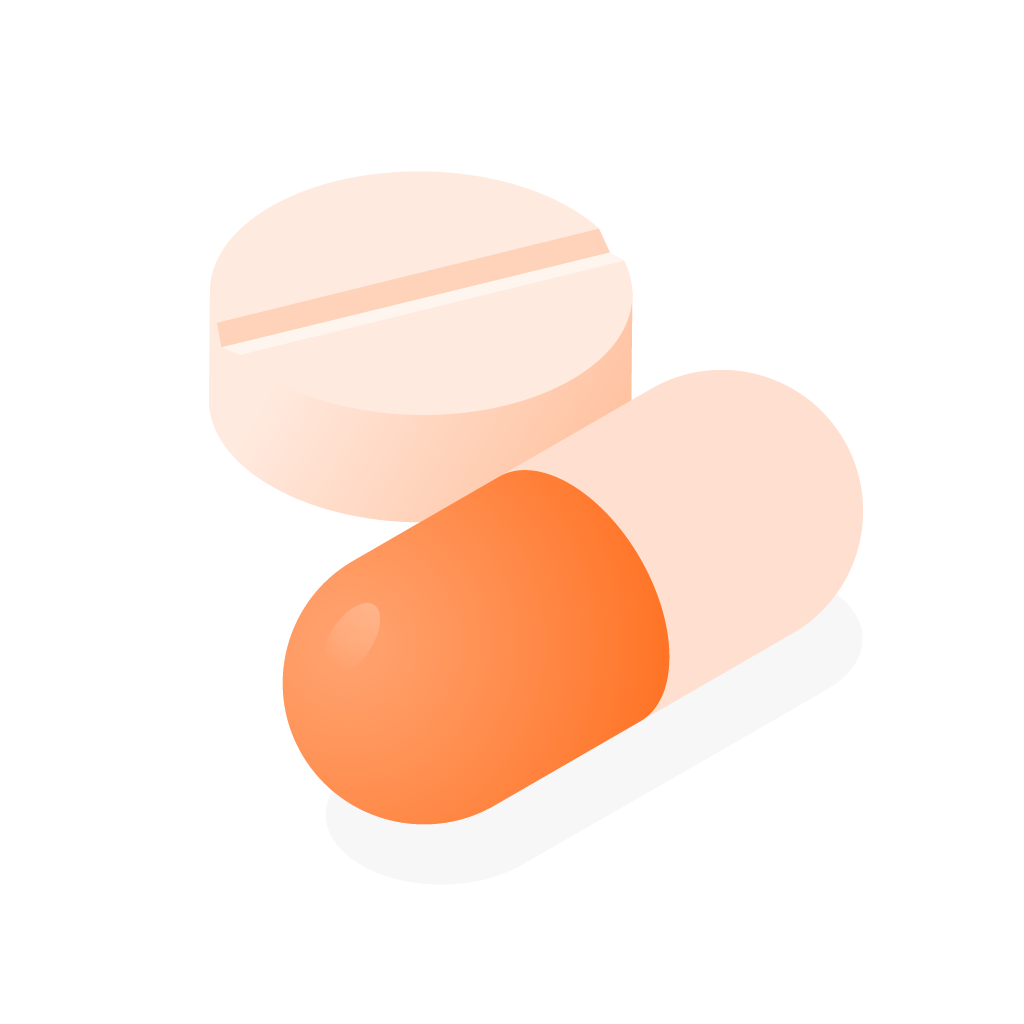Meets industry identified criteria for an optimal drug pricing benchmark
Comprehensiveness — all drugs are covered
Timeliness — reflects price movement in a timely way
Accessibility — available to all stakeholders, easy to access
Immune to Manipulation — no single input overly influences output
Accuracy — reflects ground truth
Transparency — understand how the drug price is established










